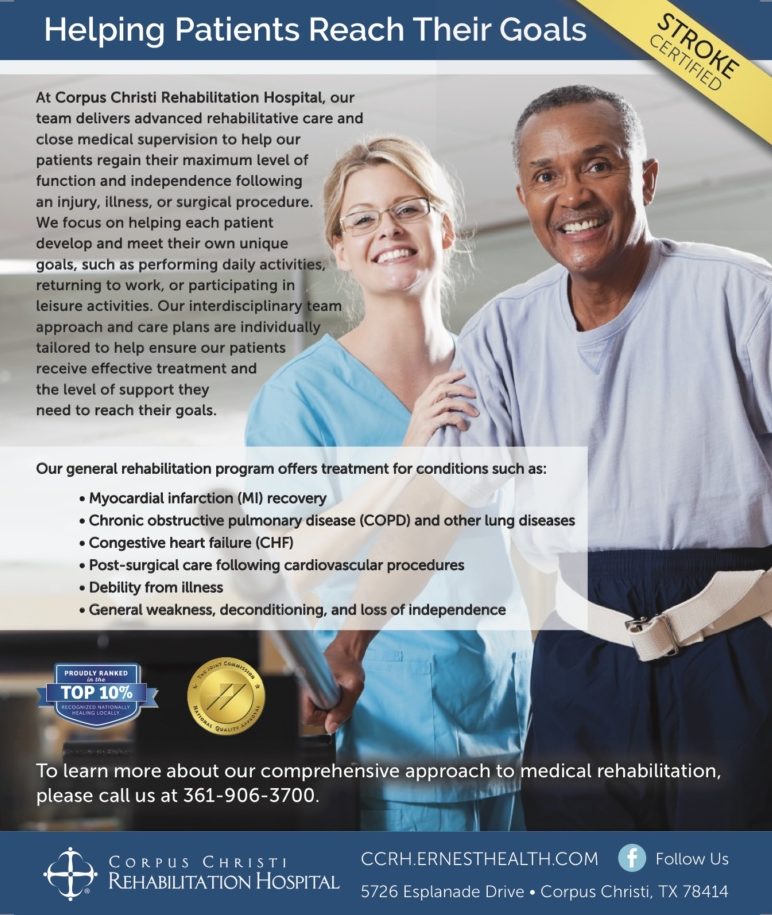Exercise – Put Your Heart Into It!
By Leticia Morales
According to Strava, a social network for athletes, most people by now have given up on their New Year’s resolutions (“Quitters’ Day” was officially back on Jan. 12). For those whose healthy resolutions may have fallen victim to that day, here is something to consider: According to the American Heart Association, being physically active is important in preventing heart disease and stroke, which are the nation’s No. 1 and No. 5 killers respectively.
Regular exercise can help manage known risk factors of heart disease. Studies have shown that physical activity can help reduce high blood pressure, weight, and “bad” cholesterol, while increasing “good” cholesterol in the body.
But despite these benefits, many Americans aren’t physically active on a daily basis. According to the Centers for Disease Control and Prevention (CDC), only about half of Americans meet the recommended guidelines for aerobic physical activity, which is 30 minutes of moderate-intensity activity for five days a week.
Part of this problem might be caused by thinking that “moderate” exercise means heart-pounding exertion and sweat, when in reality it can be as simple as brisk walking. Understanding how to gauge exercise intensity is important to reaping the benefits.
To monitor exercise intensity, you have to pay attention to your perceived exertion or how hard you feel like your body is working. Take note of how heavy you’re breathing, how much you’re sweating, and how tired your muscles feel. Studies have shown that an individual’s perceived exertion correlates to his or her heart rate. This means that if you feel like you’re working hard, your heart rate is probably higher.
A person can estimate if he or she is reaching the moderate-intensity level of an activity by using perceived exertion. In general, on a scale of 1-20, a moderate-intensity activity would feel like an 11-14. Other clues of this level of exercise include:
- Breaking a light sweat at about 10 minutes into the exercise
- Quickened breathing, but you’re not out of breath
- Being able to carry on a conversation while performing the activity
Moderate-intensity exercises can include brisk walking, biking, pushing a lawnmower, water aerobics, doubles tennis, gardening, and ballroom dancing, among other activities.
What’s important to note, however, is that perceived exertion is different for each individual. The same activity may be easier for one person and harder for another, and that’s O.K. Just be sure to do the activity at the level that feels right for you. And remember, doing something is always better than doing nothing.

Leticia Morales is Director of Therapy Operations at Corpus Christi Rehabilitation Hospital. The hospital provides specialized rehabilitative care to patients recovering from disabilities caused by injuries, illnesses, or chronic medical conditions. It is certified nationally by The Joint Commission for Stroke Rehabilitation. For more information, visit CCRH.ernesthealth.com, call 361-906-3700 or visit the hospital at 5726 Esplanade Drive, Corpus Christi, Texas.






Recent Comments